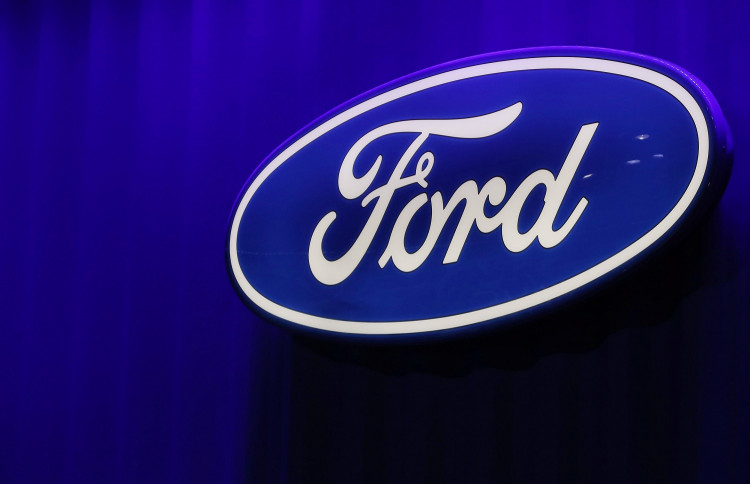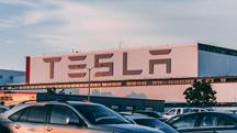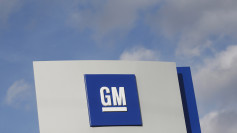Ford has pledged to reach carbon neutrality by 2050, an ambitious goal that would bring the automaker in line with targets set by the Paris climate agreement. To achieve this remarkable feat, the company needs to find a way to minimize the output of greenhouse gases and get rid of whatever pollution it produces.
According to Ford, it will address the three main sources of its carbon dioxide output: emissions from suppliers, its factories, and the vehicles it sells. By 2035, the automaker hopes for all of its manufacturing plants to be powered with locally-sourced renewable energy.
For a company that makes vehicles relying on gas, reducing its carbon footprint is a herculean challenge. Three quarters of the planet-heating CO2 emissions Ford is responsible for come from consumers driving its cars. According to a sustainability report the automaker released, its cars are responsible for 135 million metric tons of carbon dioxide.
To put it in perspective, that figure is equal to 35 coal-fired power plants would produce in an entire year. To compare, Ford factories around the world produced the CO2 emissions equivalent to less than one coal-fired power plant in 2019.
But already, Ford is making good progress in reaching its target. In 2019, the company had successfully reduced its carbon emissions by over 14%. That's about taking 138,000 people away from riding passenger vehicles for the whole year. Still, the automaker still has to do something about the combined fuel economy of its trucks and cars, which flatlined that same year, meaning changing its main source of carbon emissions remains a huge challenge.
"We believe that making great vehicles and maintaining a strong business don't have to beat the cost of protecting our planet," Bob Holycross, Ford's vice president and chief sustainability, environment and safety officer, said. "These priorities are dependent on each other and aren't mutually exclusive."
There have been reports indicating that the Trump administration is impeding the progress in reducing car emissions due to the administration's attempt to roll back fuel efficiency standards. It's a good thing automakers opposed to the move and last year agreed to improve fuel economy through 2026. Ford was joined by BMW, Honda, and Volkswagen in this initiative.
Ford in 2018 had promised to spend more than $11 billion to invest in electric vehicles through 2022. Its commitment follows a similar move made by Volkswagen and Volvo, which have also set goals to become carbon neutral by 2050.






